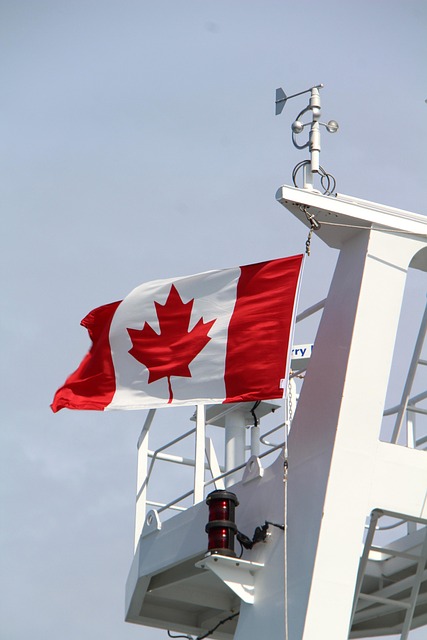Remember when we used to be a vital part of the UN Peacekeeping Forces – when our military was respected?
Leadership & Political Context
- Mark Carney, former central banker and UN envoy, became Liberal leader March 9, 2025, sworn in March 14, and led the Liberals to a fourth‑straight term on April 28, 2025—retaining a minority government with ~168–169 seats toronto.citynews.ca+15en.wikipedia.org+15reuters.com+15wsj.com+2washingtonpost.com+2politico.com+2.
- Carney’s agenda emphasizes national sovereignty, countering U.S. tariffs, trade diversification, military modernization, and Arctic security ft.com+3politico.com+3reuters.com+3.
💰 Budget & Spending Targets
- Current level: ~1.4% of GDP in defense this fiscal year.
- Acceleration: Carney pledged to reach NATO’s 2% GDP military spending target this fiscal year—five years ahead of the original 2030/2032 timeline—mobilizing an additional C$9.3 billion in new defence funding tribune.net.ph+11reuters.com+11ft.com+11.
- Long-term vision: Carney also signaled openness to NATO discussions of moving toward 5% GDP levels, though this remains aspirational .
🛡️ Capabilities & Modernization Plans
Personnel & Readiness
- Enhanced recruitment drives, improved pay and retention incentives. Increased salaries for CAF personnel funded by new budget boosts wsj.com+12ft.com+12en.wikipedia.org+12.
- Upgrades to Arctic bases and infrastructure forming part of accelerated NORAD modernization vpm.org+7politico.com+7en.wikipedia.org+7.
Equipment Acquisition
- Substantial procurement planned or in motion: submarines, icebreakers, drones, artillery, radar/sensors for Arctic and undersea monitoring; F‑35 jets may shift to European alternatives pending review .
- Integration into European defence initiatives: Carney signaled interest in joining “ReArm Europe” to strengthen collective capacity politico.com+15en.wikipedia.org+15aljazeera.com+15.
⚠️ Shortcomings & Challenges
- Procurement delays remain endemic; past lapsed spending (approx. C$12 billion unspent) indicate bureaucracy risks that threaten rapid buildup .
- Fiscal trade-offs: Achieving 2% GDP requires a C$15–20 billion lift over coming years, raising deficit and debt concerns apnews.com+2ft.com+2reuters.com+2.
- Political hurdles: Operating as a minority government may complicate passing budgets and major defence bills without cross-party support gowlingwlg.com+13toronto.citynews.ca+13usnews.com+13.
🎯 Path to 2% & beyond
Strategy to 2%
- Immediate injection of ~$9.3 billion this fiscal year to accelerate capability expansion en.wikipedia.org+3ft.com+3reuters.com+3.
- Reforms aimed at reducing red tape, streamlining procurement, and boosting domestic defence production en.wikipedia.org.
- Potential reprioritization of joint U.S. vs EU equipment purchases (e.g., jets) to reduce reliance and strengthen sovereignty .
Toward 5%
- Though Carney and NATO allies have referenced higher thresholds (3.5–5%), Canada has made no formal commitment to specific timelines or spending durations beyond 2% reuters.com.
- Hitting 5% GDP would necessitate dramatic fiscal shifts, cuts to other programs, or sharply higher debt—politically sensitive and currently speculative .
📊 Summary Table
| Category | Status & Plans |
|---|---|
| Budget Level | ~1.4% GDP, rising to 2% this fiscal year with +C$9.3 B investment |
| Personnel | Better pay, recruitment incentives, Arctic base upgrades |
| Equipment | Submarines, F‑35 (under review), icebreakers, radar, drones, maritime vessels |
| Procurement Reform | Pledges to cut bureaucracy, boost domestic output |
| 2% Timeline | Achieved by end of 2025 fiscal year (sooner than 2030) |
| 5% Aspirations | Discussed at NATO, but no concrete commitment or plan in place |
| Political Risk | Minority government, narrow fiscal space, procurement delays |
🧭 Outlook
Under Prime Minister Carney and the re‑elected Liberal government, Canada has dramatically accelerated its military spending to meet the 2% NATO target this year, shifting the timeline forward by several years. The accompanying reform agenda—streamlined procurement, Arctic investments, and equipment diversification—marks a notable departure from cautious past approaches.
However, systemic hurdles persist: ingrained bureaucracy could still stymie procurement; political constraints of a minority make sustained funding uncertain; and ambitions to reach 5% GDP remain undeclared and likely infeasible without significant policy trade-offs.
What do you think? Share your thoughts.
Views: 248



